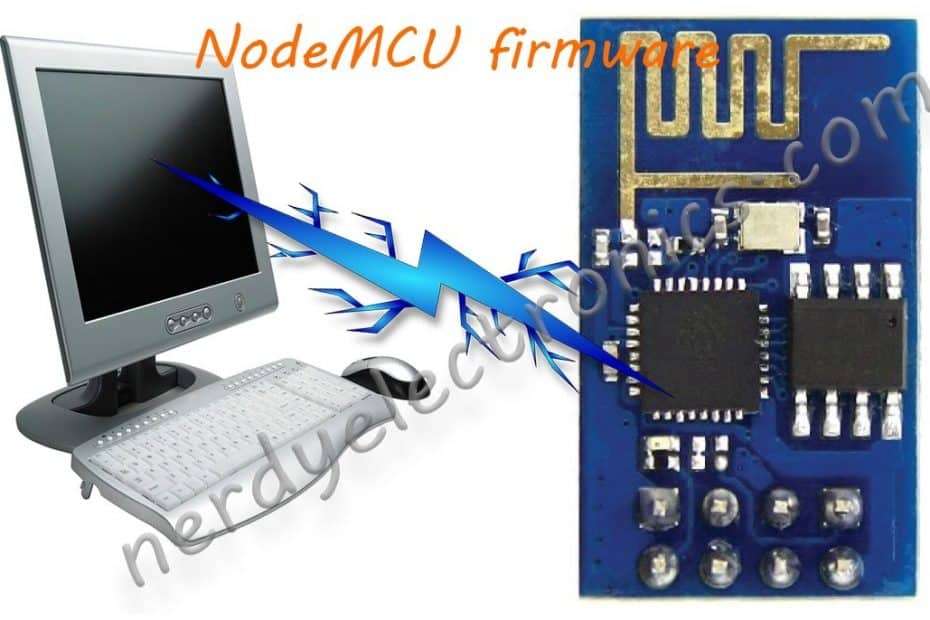

Any voltage higher than 3.3VDC connected to the ESP8266 may damage it beyond repair. Note that only three connections are required: RxD from the converter to TxD on the ESP-01, TxD on the converter to RxD on the ESP-01, and common ground.Įven though the USB-to-TTL converter is not being used to power the ESP-01, be sure that the converter is set to 3.3VDC so that the signal voltage levels will not exceed the input range of the ESP8266. Whichever you choose, be certain to follow the pinout sequence as shown in the schematic drawing and the photographs. You can modify your USB-to-TTL converter to work in that very convenient way, or you can use discrete wires to make the connections. As you see, it is inserted directly into the solderless breadboard using six Dupont style header pins that protrude down from the bottom of the PCB.

The PCB assembly in the upper left corner of the breadboard is the USB-to-TTL converter.

Otherwise, you may use any power source with similar capabilities. For complete information on building a copy of this power supply, see this article on AAC. The PCB assembly at the right side of the breadboard is a well regulated and filtered 3.3VDC power supply. Note that the wire colors in the breadboard assembly correspond to the color designations in the schematic drawing. The first photo shows the entire circuit with the ESP-01 module in place the second photo shows the circuit with the ESP-01 module removed in order to reveal the locations of C2, R2, and R3. The improved flashing circuit is shown built on a solderless breadboard in the following photographs. The improved circuit should eliminate those weaknesses.

These failures could have been due to differences in environmental factors, power supply quality, and/or component tolerances. However, its shortcomings were such that the circuit could and did fail for some users at least some of the time. These changes do not indicate that the original flashing circuit was nonfunctional the fact is that it did work for the author and for many other users.
Esp8266 flash tool for mac professional#
Taken collectively, and supported by better documentation from Espressif, these changes will streamline the firmware flashing process, and increase the ESP8266's usability to both hobbyists and professional designers.Īs a note, this article is a successor to a previous version that was published in October of 2015. Specifically, the following improvements will be addressed: However, the passage of time has revealed some corrections and improvements needed in the information that was provided in October of 2015, and presenting that information is the goal of this article. Judging by the large number of comments posted, this article on All About Circuits has been a help to many. One of the few difficulties to using the IC has been updating the firmware in the thousands and thousands of development modules that have permeated the market. It is a powerful microcontroller with built-in Wi-Fi capabilities and is readily adaptable to a multitude of uses in the rapidly growing IoT (Internet of Things). The success of the ESP8266 from Espressif Systems is undeniable. Now, thanks to more information and better tools, the flashing process is significantly easier, and SDK v2.0.0 adds new capabilities. Despite the difficulty of updating the firmware in modules like the ESP-01, the ESP8266 microcontroller with built-in Wi-Fi has become extremely popular among electronic designers.


 0 kommentar(er)
0 kommentar(er)
